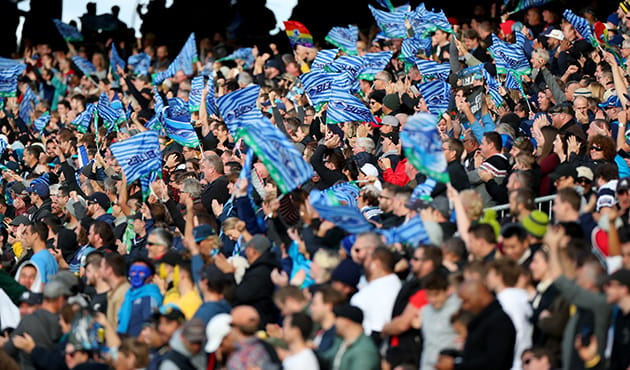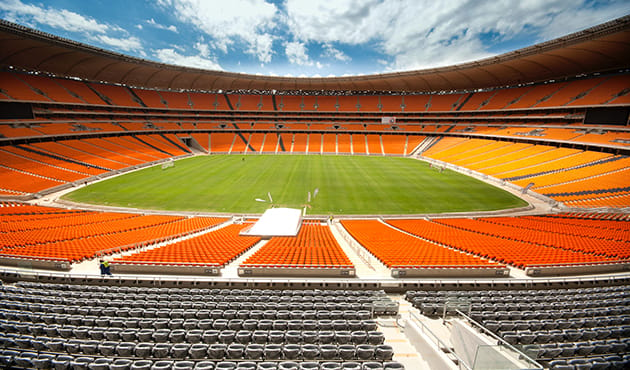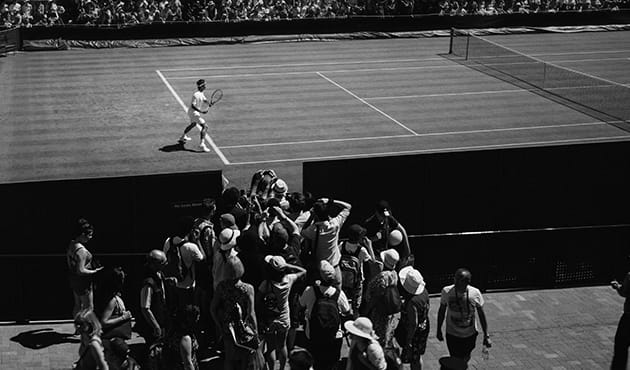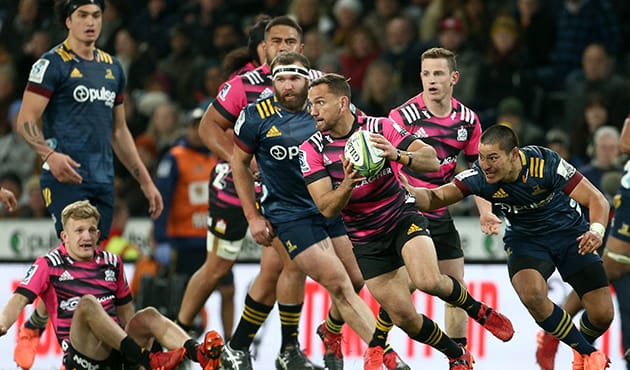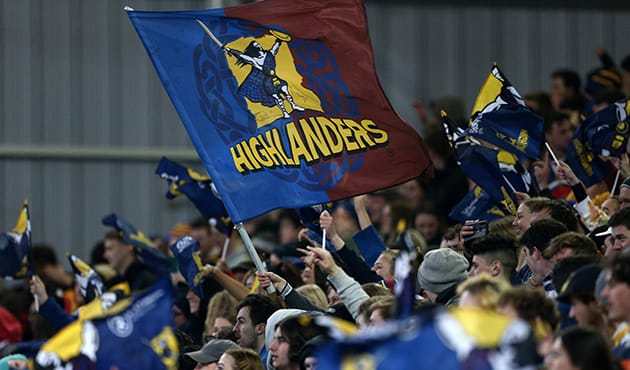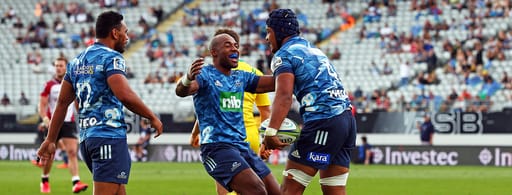When sports federations host live events, fans buy tickets, media partners invest in broadcasting rights, and companies leverage the platform to boost awareness and entrench brand associations through sponsorships.
It's a lucrative business model. According to data from the World Economic Forum, the global sports industry was worth an estimated $471bn in 2018. A Business Research Company paper suggested that industry growth would continue, driven predominantly by spectator sports, to reach nearly $614 billion by 2022.
And all major sports rely significantly on income generated from broadcasting rights. Revenue data from the biggest sports leagues over the last five years indicates that global sports media rights were valued at around $50bn. The English Premier League, for instance, penned a contract with broadcasters in 2019 valued at $12 billion over three years.

